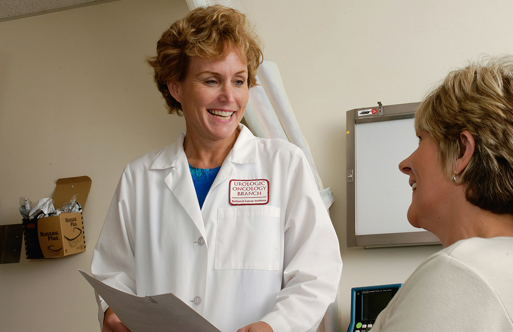In a 36-hour period, the NHS provides care to one million people. In a year it delivers 700,000 babies and handles 22 million accident and emergency visits.
Care remains easy to access and, across many metrics, has improved over the last 15 to 20 years. To survive however, the NHS needs to digitise.
Let’s start at the beginning: What’s the problem we’re trying to fix?
Founded in 1948, the NHS has, at its heart, three core principles:
- To meet the needs of everyone
- To be free at the point of delivery
- The availability of care should be based on clinical need, not on ability to pay
It has remained largely true to these principles for 68 years but the NHS is finding it increasingly difficult to remain so.
As people live longer their care needs tend to become more complex and expensive to support. The NHS cannot continue on its current path.
Haven’t successive governments tried to fix the NHS for years?
Over the past twenty years the NHS has attempted cost-cutting, reorganisations and changes in incentives and targets.
Despite these, the system is under serious and unprecedented stress. To continue to meet its founding principles, the NHS needs to change.
What’s the answer?
Healthcare is mostly about information. The problem is, the NHS currently stores lots of its information on paper - Trusts spend millions on buying, storing and transporting the stuff.
So, for the NHS to continue meeting the needs of everybody - at an affordable cost to the tax payer - the NHS needs to digitise and to use appropriate digital technology at every level.
Computers have been around for decades. Why digitise now?
The English GP sector began digitising in the 1980s and, by mid-2000s, achieved a near complete transition. It’s a tremendous success story.
The National Programme for Information Technology (NPfIT) targeted digitising secondary care and was launched in 2002. The programme was shut down in 2011 after having mostly failed to achieve its goals.
What went wrong?
NPfIT was criticised for being too centralised, for not engaging with trusts and their healthcare professionals, and for trying to accomplish too much too quickly.
A consensus has since emerged that the time has come to move forward. The Five Year Forward View, released in 2014, outlines an ambitious set of goals for the NHS, including improvements in quality and service and £22 billion in financial efficiencies.
Who is responsible for making digitisation happen?
In late 2015, the National Advisory Group on Health Information Technology in England was formed to advise the Department of Health and NHS England on its efforts to digitise the secondary care system.
It has recently released a substantial report: ‘Making IT Work - Harnessing the Power of Health Information Technology to Improve Care in England.’ The report is called the Wachter Report for short.

















